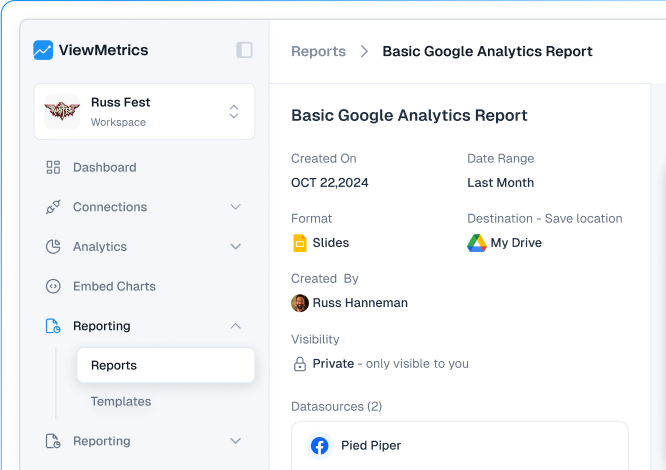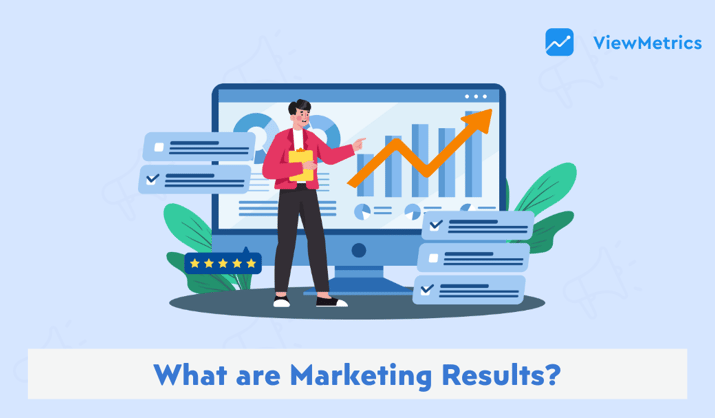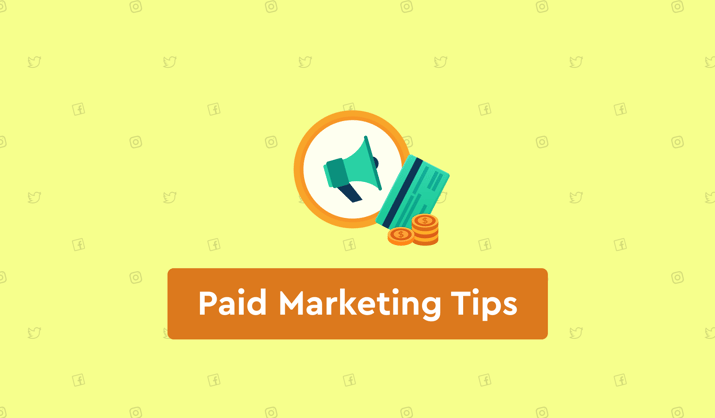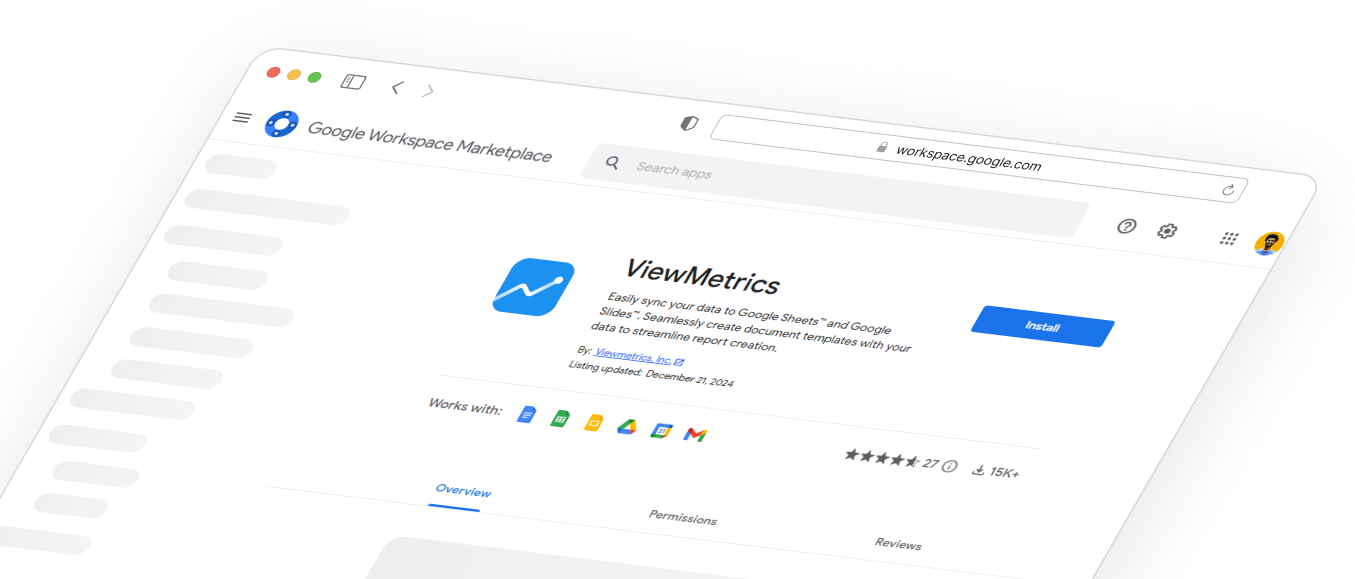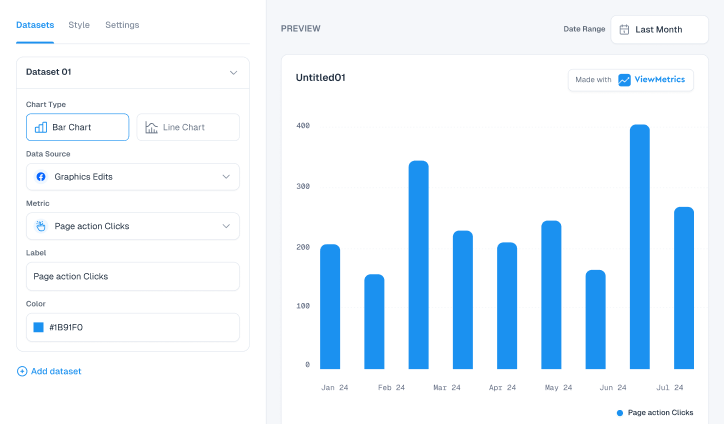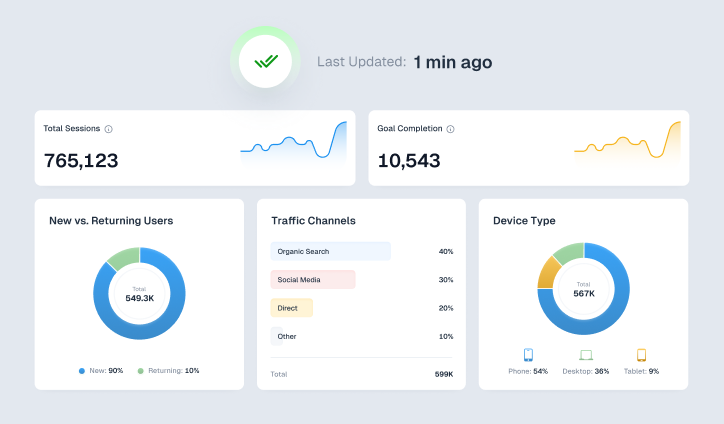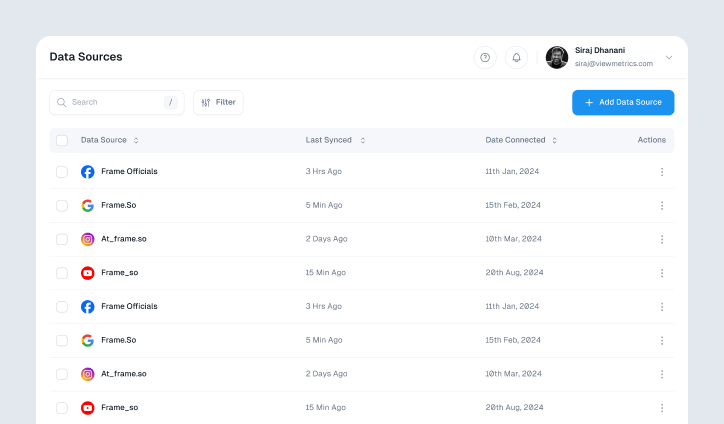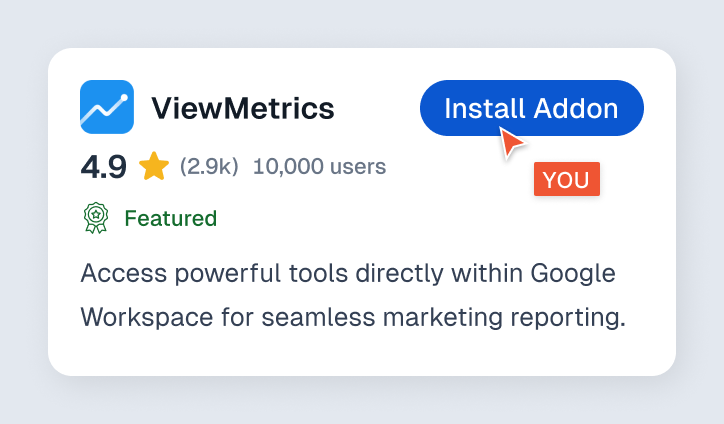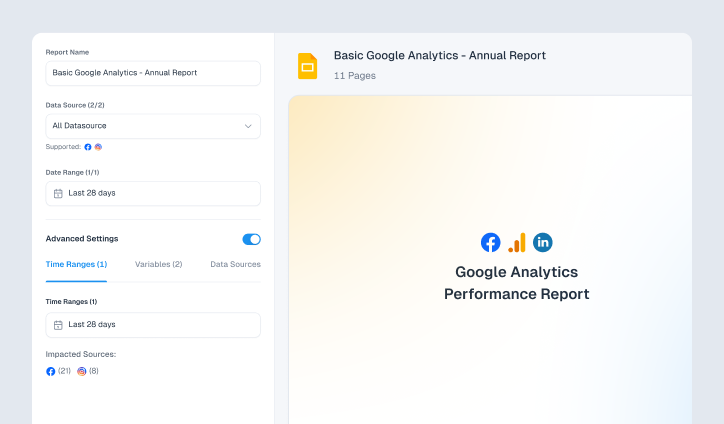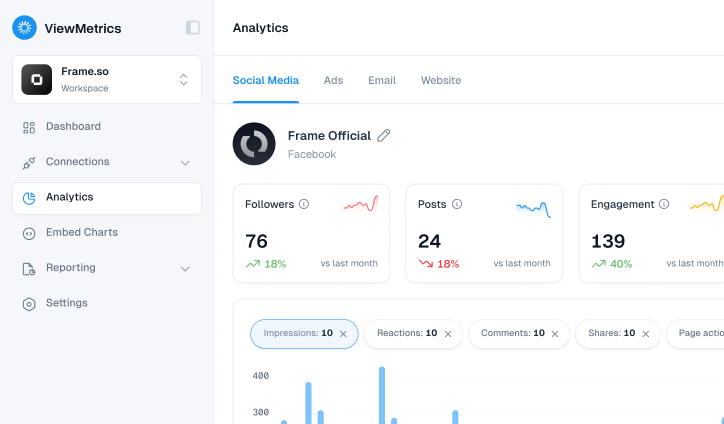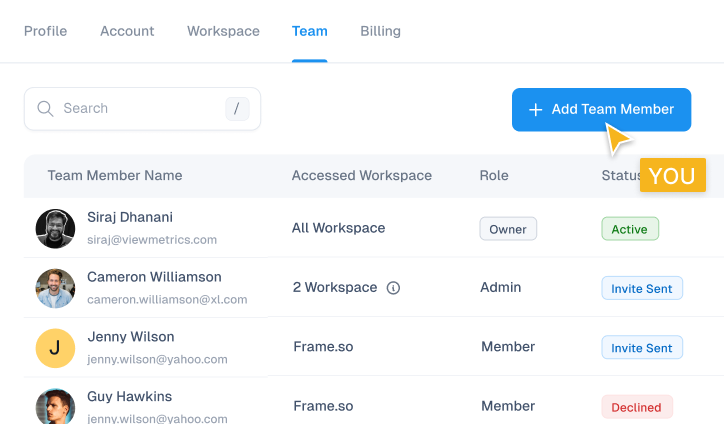Cost Per Lead (CPL) is a marketing metric that measures how much you spend to acquire a single potential customer or lead.
Summary for the Blog
- Cost Per Lead (CPL) is a marketing metric that measures the amount of money a business spends on marketing to acquire a single lead.
- The formula to calculate CPL is: Total Marketing Spend ÷ Number of Leads Generated.
- CPL is vital for evaluating the efficiency of marketing campaigns and helping businesses make data-driven decisions.
- The article explains how CPL applies to various marketing channels, including Pay Per Click, social media, email marketing, and SEO.
What is the Cost Per Lead?
Cost Per Lead or CPL in simple words is the amount of money you spend on marketing to get a single lead. A lead is a potential customer, who is interested in your product or service by providing their contact number or email address. CPL is important when you want to evaluate the cost-effectiveness of your marketing campaigns and measure overall marketing results, helping businesses optimize their strategies for better conversions.
When you calculate CPL, you can gain insights into how effectively your campaigns generate leads. And this helps you distribute and assign your marketing campaign more effectively.
For example, if one campaign has a lower CPL compared to another, it might be the more cost-efficient option for scaling.
Why is Cost Per Lead Important?
CPL is important because it directly measures your cost-effectiveness with your lead generation efforts. When a CPL is well-optimized, it will help in making sure you are getting lead generation without having to overspend. It helps you:
- Evaluate Campaign Performance: It helps you evaluate different campaigns and figure out which one is bringing in the most leads.
- Optimize Marketing Strategies: It helps you identify areas where you can improve in terms of targeting, ad copy, or content.
- Ensure ROI: It helps you keep your lead generation efforts in alignment with your overall ROI goals.
How to Calculate Cost Per Lead?
It is simple to calculate CPL; you need to use the following formula to do so.
CPL = Total Marketing Spend / Number of Leads Generated
For example, if you spend $500 on a marketing campaign and generate 50 leads, your CPL is $10. Tracking your CPL involves monitoring your marketing expenses and the number of leads generated through various tools. Making it easier for you, most marketing platforms, like Google Ads and Facebook Ads, provide CPL metrics directly in their analytics dashboards, making it easy to keep track.
How to Track Leads?
Tracking leads efficiently comes with accurate measurements of CPL. You can use tools like ViewMetrics to monitor leads generated from different channels. You can merge these tools with your marketing platforms to get real-time data
Optimize Your Lead Tracking & CPL Analysis
Track leads, analyze CPL, and improve your marketing performance effortlessly.
View All Your Marketing and Website Data — Instantly
Connect Instagram, Mailchimp, Google Analytics & more
Pre-built dashboards, no setup needed
Save hours on reporting every week
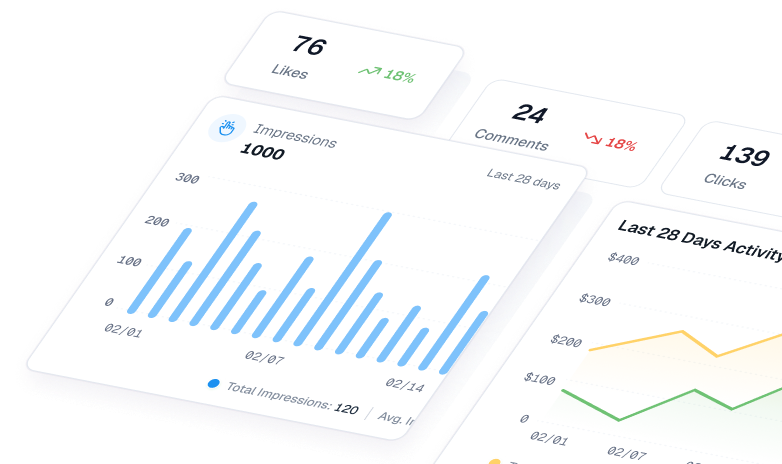
How to Improve Cost Per Lead?
If you want to improve your CPL, you need to refine your strategies; only then will you be able to get high-quality lead generation at a lower cost. Here are some tips you can follow:
- Identify Your Target Audience: You need to make sure your campaign is reaching the right audience. You have to make sure you use detailed demographic and behavioral insights to achieve this.
- Customize Your Campaign: Once you know what your target audience’s requirements and needs are, you need to tailor your landing pages and ads accordingly.
- Focus on Generating Relevant Content: You need to deliver content that is appealing to your target audience and the kind that will drive traffic to your brand.
- Spend Time and Money on High-Performing Keywords: You must invest in keywords that bring in quality leads with consistency.
- Adjust Keywords Bids: You must continuously review your keywords and optimize them to maximize your ROI.
- Do Retargeting: You should re-engage with customers who have shown interest in your brand previously and try to convert them into leads.
- Perform A/B Tests: Test different versions of your ads, emails, or landing pages to see what works best for you.
Learn more about A/B Tests on Facebook here! - Do a Historical Review: You must review your previous campaigns and strategies to understand what worked and did not work, to avoid past mistakes.
- Analyze Performance by Various Metrics: You need to study not just your CPL but also your conversion rates and lead quality to get a detailed understanding of your campaign’s success.
Cost Per Lead Example:
Example 1:
Imagine your business runs a marketing campaign across multiple platforms in March. You spent $3,000 on Facebook Ads, $1,500 on Google Ads, and $500 on email marketing. Here’s the breakdown of the leads generated:
- Facebook Ads: 150 leads
- Google Ads: 75 leads
- Email Marketing: 50 leads
To calculate the CPL for each channel:
- Facebook CPL = $3,000 / 150 = $20 per lead
- Google Ads CPL = $1,500 / 75 = $20 per lead
- Email Marketing CPL = $500 / 50 = $10 per lead
In this case, while Facebook and Google Ads deliver leads at a similar cost, email marketing proves to be the most cost-effective channel at $10 per lead, helping you optimize future strategies.
Example 2:
If a company has invested in various marketing strategies over a year:
- $50,000 on social media ads,
- $30,000 on SEO content creation and management,
- $20,000 on influencer collaborations.
By the end of the year, the company would have successfully generated 5,000 leads across all channels.
The total CPL can be calculated as:
CPL = Total Marketing Spend / Total Number of Leads
CPL = ($50,000 + $30,000 + $20,000) / 5,000
CPL = $100,000 / 5,000 = $20 per lead
This insight allows the company to review which strategy (social media, SEO, or influencer marketing) contributed most efficiently to the total leads and adjust budgets for the next year accordingly.
These examples offer deep insights into calculating CPL and they help in highlighting the importance of evaluating both overall and platform-specific costs to make informed marketing decisions.
How CPL Works in Different Digital Marketing Channels?
CPL plays an important role in measuring the efficiency of lead generation across various digital marketing channels. If you understand how CPL works with these channels, you can optimize your campaigns to get better results.
Pay Per Click:
- Campaign Optimization: You can use CPL to identify the keywords, ad groups, and landing pages that bring a high number of leads for the lowest cost.
- Bid Adjustments: With CPL data, you can refine bids on high-performing keywords and make sure the campaign remains cost-efficient.
Also Read: Google Advertising Tips
Social Media Marketing:
- Platform Selection: CPL analysis is important to determine which platforms (Facebook, Instagram, LinkedIn) etc work best for you.
- Ad Format Optimization: You should analyze CPL across different ad formats like images, videos, or carousel ads to determine which ones deliver leads most efficiently.
Also Read: 21 Social Media KPIs That Help You Grow
Email Marketing:
- Campaign Performance: CPL study for individual campaigns is important to determine which subject lines, email content, and CTAs work best with your audience.
- Segmentation: You need to analyze CPL so that you can segment your email lists, focusing on groups that provide higher-quality leads at a lower cost.
Also Read: Top 17 Email Marketing KPIs You Should Track
Content Marketing:
- Content Strategy: You must study CPL data for different types of content—blogs, videos, infographics—to determine which formats are the most effective.
- Distribution Channels: You must evaluate CPL across distribution platforms (social media, email, SEO) to ensure you’re using the most efficient methods to reach your audience.
Also Read: Use Content Marketing Analytics to Track Content Performance
Search Engine Optimization:
- Keyword Optimization: You have to conduct a CPL analysis to know which keywords generate high-quality leads and adjust your content and keyword strategies accordingly.
- Landing Page Optimization: You have to analyze CPL data to examine and improve landing pages, making sure they are well-designed, fast-loading, and conversion-focused.
Industry-wise Cost Per Lead – Source

Conclusion
CPL or Cost Per Metric is an important tool in marketing because it helps you understand what works best and which marketing strategy is giving you the right traction. By tracking, analyzing, and improving your CPL, you can increase your revenue and gain more leads. Tools like ViewMetrics empower you to streamline your lead-generation strategies and achieve better results.
Frequently Asked Questions
What is a good cost per lead?
A good CPL varies by industry, but a lower CPL indicates cost-effective campaigns, provided lead quality is maintained.
What is a bad cost per lead?
A high CPL often signals inefficient campaigns or poor targeting, leading to wasted resources.
What factors can influence CPL?
Factors like ad placement, audience targeting, campaign budget, and the effectiveness of marketing content can all impact CPL.
What are the common mistakes that lead to higher CPL?
Common mistakes include poor targeting, ineffective ad copy, low-quality landing pages, and a lack of testing and optimization.
How often should I review and analyze my CPL?
Monthly or quarterly reviews are recommended, but during special campaigns, analyze more frequently.
Does a lower CPL always mean better performance?
Not necessarily. While a lower CPL is cost-effective, it’s crucial to balance it with lead quality to achieve the best ROI.


